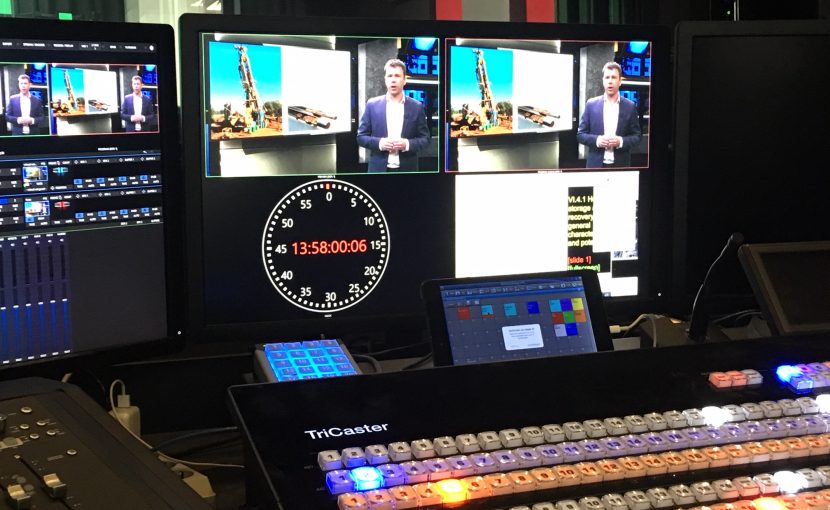Together with Stijn Beernink, I attended a workshop on Monday in Geneva for the Heatstore project where KWR is participating in. From Tuesday to Friday I was at EGU together with Jelmer Nijp, Dragan Savic, Gilian Schout and Kizjè Marif, one of my MSc graduation students. At EGU we presented some of our work and, like previous years, I chaired the session on thermal processes in the subsurface. To conclude this exciting week, on Friday afternoon, I had a recording session for the geo-MOOC, in which I will contribute two clips on heat storage with ATES and BTES.
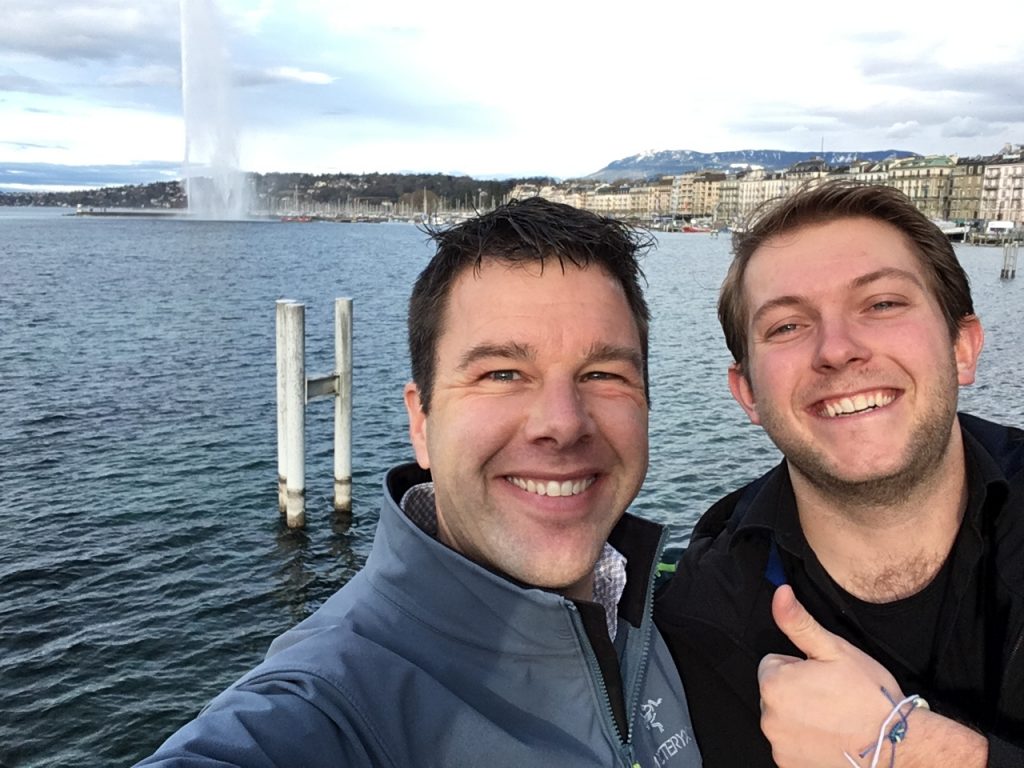
Stijn and Martin in front of the fountain in Geneva.
Workshop in Geneva
Work package 2 of the Heatstore project is all about simulation of heat storage systems in the subsurface. The workshop had about 35 attendants. People came from across Europe: Iceland, Switzerland, France, Spain, Denmark and, of course, The Netherlands. Apart to one mine-storage and one BTES system, most partners focus on ATES, just like us. During the workshop, we informed each other about our modelling tools, plans and experiences, and we made agreements on collaboration on a generic benchmark of our simulation tools. We emphasised to also assess model performance of the temperature dependent characteristics like density and viscosity, which are very important to accurately model the processes relevant for heat storage in aquifers. We use the SEAWAT simulation code as a modelling tool, developed by the USGS, non-linear viscosity-temperature dependency is included in this code. This is not the case for density-temperature dependency, so we altered the SEAWAT code, and can now run it with a non-linear temperature-density relation, instead of the linear approximation, which can only be used at lower and small temperature ranges.
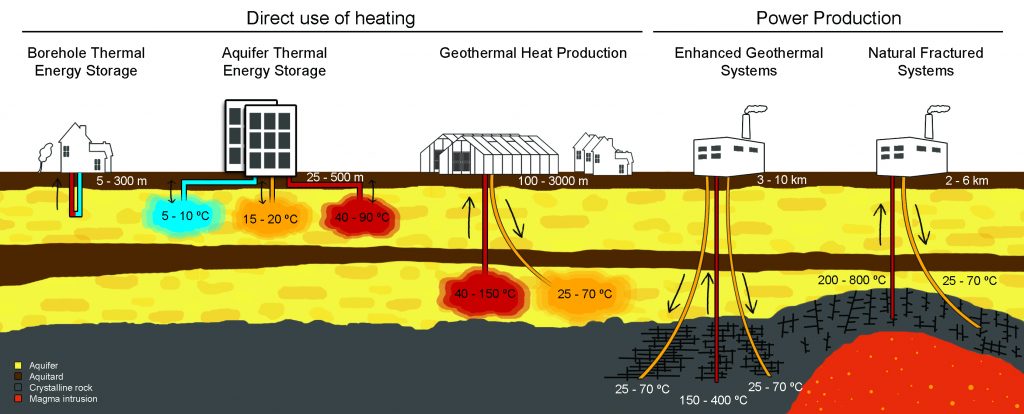
The main types of geothermal energy technology addressed in the MOOC.
European Geoscientists Union in Vienna
Like I also did the previous years, I organised the session on thermal processes in the subsurface. In this session talks on advances in BTES, ATES and analysis of monitoring of temperature were given. The presentations and posters covered a range of topics, from lab-tests on thermal retardation to field studies on ATES and analysis of temperature depth-profiles. Increased attention for climate change and the energy transition is also reflected in the number of abstracts submitted to our session, which show an increasing trend over the past years. The oral session was well visited, with about 100 people in the audience. Kizje joined as a conference assistant and also presented her work on using MPPW for high-temperature heat storage. I presented work on the climate-KIC project we finished last year and some intermediate results from the Koppert-cress project.
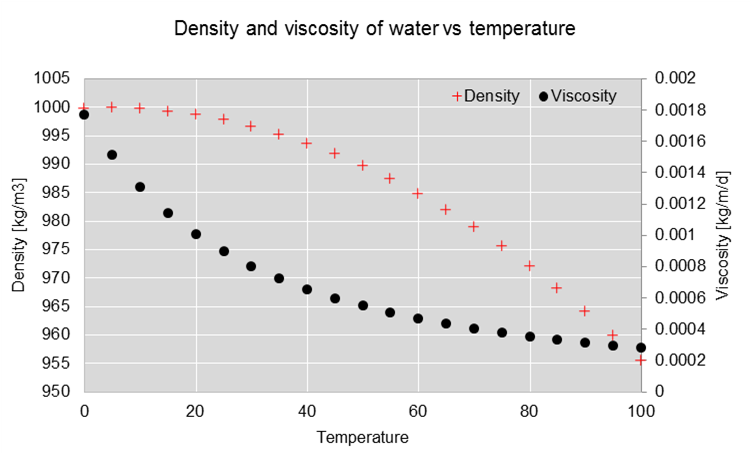
Water viscosity and density dependency on temperature.
Martin in front of the green screen
Starting May 22 the TUDelft hosts the Massive Open Online Course (MOOC) “the earth and its resources”. This will be the third time this MOOC is hosted, only this year a new module is added: geothermal energy. Together with my colleagues prof. Giovanni Bertotti and dr. Alexandros Daniilidis we give an introduction on all types of geothermal energy technology in 7 clips of about 10 minutes. I will be presenting the basics on Aquifer and Borehole thermal energy storage (ATES/BTES) in 2 of those seven clips. The first recording of these clips was last Friday in the new-media centre studio of the TUDelft. If you are interested: taking this MOOC is free of charge, after watching the clips you get some exercises to practice with some basic design calculations.
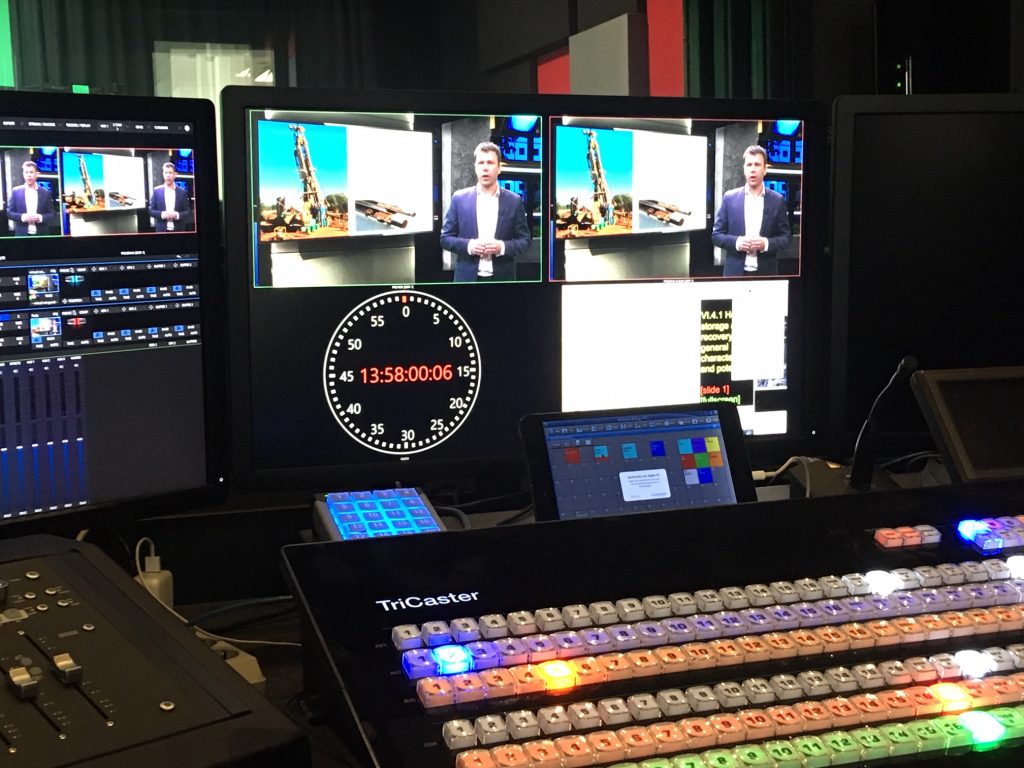
Martin in action in the new-media center studio.
